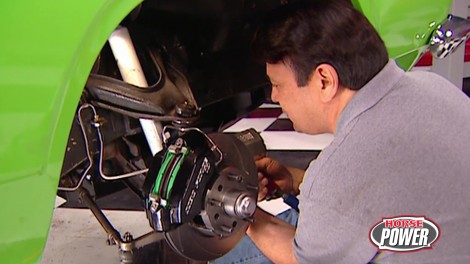
Project Kingfish Part 3
We continue on our 1967 Barracuda, known as Project Kingfish, by installing a 360 Magnum engine and upgrading the brakes to ensure it performs exceptionally as a street machine.
Season 7
Episode 16
Hosts: Joe Elmore, Chuck Hanson
First Air Date: September 28, 2022
Duration: 21 minutes 1 second




























